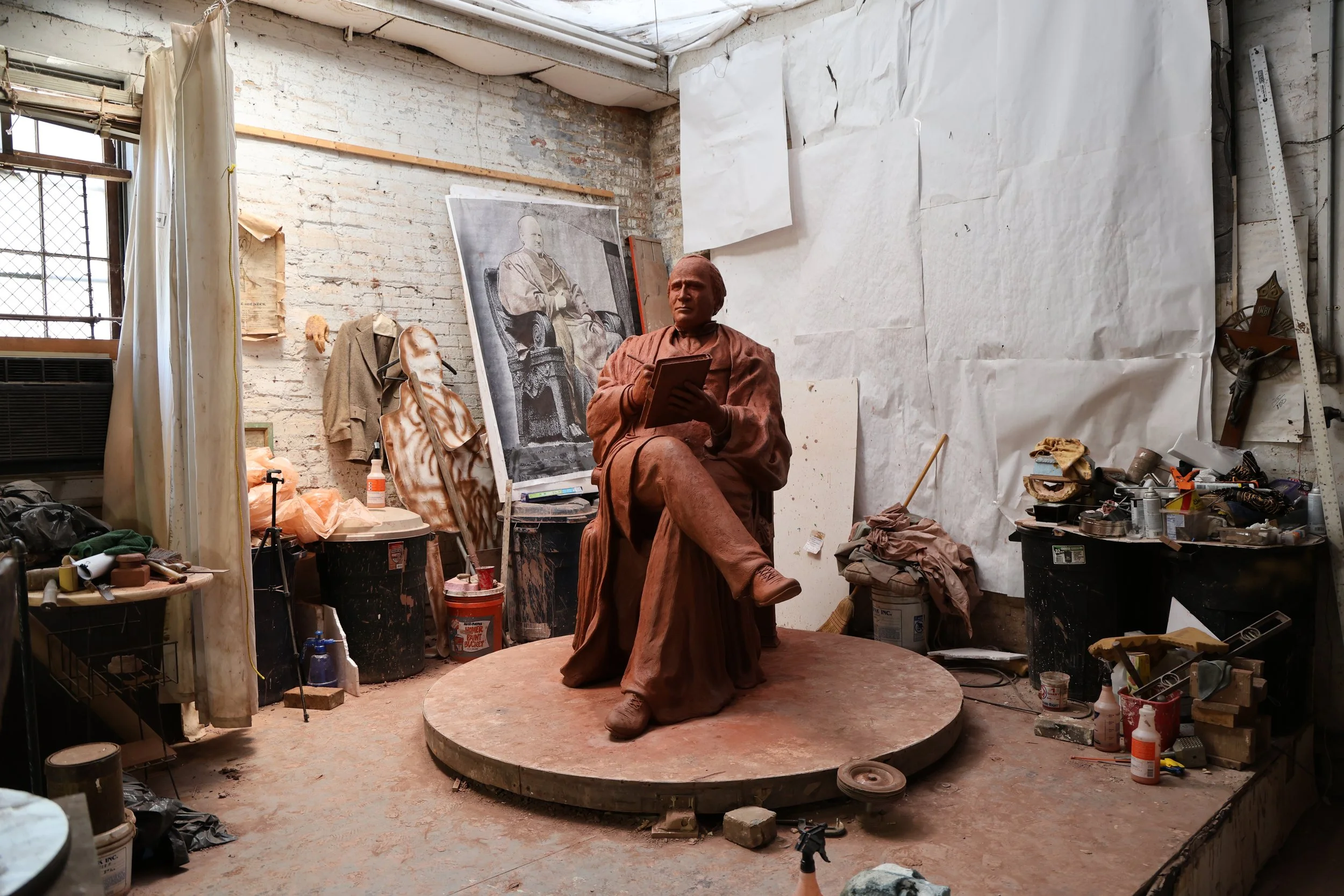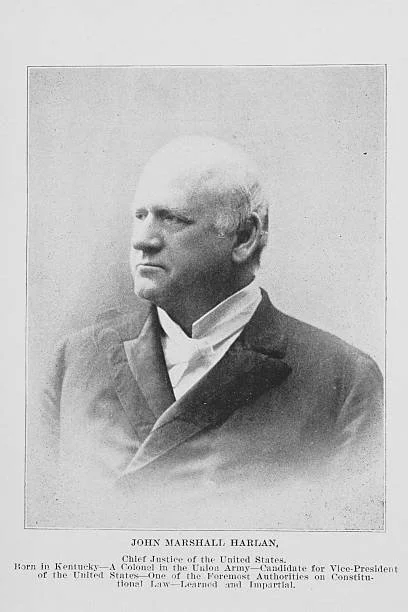
HARLAN PLAZA
DANVILLE, KENTUCKY
SAW collaborated with Centre College and Hodgson Douglas Landscape Architects to design a monument honoring the life and legacy of John Marshall Harlan, a Centre alumnus and former Associate Justice of the United States Supreme Court. Known as the “Great Dissenter,” Harlan earned this title for his dissenting opinions in landmark cases that curtailed civil liberties, such as Plessy v. Ferguson — opinions that, almost 60 years later would become the majority opinion, providing a foundational framework for the future Civil Rights Movement.
CONCEPT
Harlan did the hard work of the law at a time when others, including his fellow Supreme Court justices, wished just to move on from the shadow of the Civil War. His tireless dissents on Plessy vs. Ferguson and countless other cases concerning the rights of Black Americans were a lone clarion call against the otherwise united opinion of the court. Despite the urgency and eloquence of his response, however, he would not live to see the results of his efforts. And yet, that he continued to dissent and argue his conscience without surety of his success was striking, for it laid a legal foundation upon which others would later build during the Civil Rights movement.
The idea of doing the hard work we are called to do to the best of our abilities, in the face of what may seem like impenetrable obstacles, with faith that it will bear fruit in a future we may not see, struck the team as the heart of Harlan’s story. In response, the team focused on the idea of a seemingly immovable wall that begins to fall and become a path to the future over time. The plaza wall draws inspiration from the native limestone of Harlan’s family home in Harlan Station, as well as the dry-stack limestone walls throughout Central Kentucky. The plaza wall abstracts the form to a single line of angled stones reminiscent of a shelf of books or Harlan’s folios of opinions, that slowly fall to the earth and become a flagstone path.
A marker of time, the wall is both a simple backdrop to the exquisite sculpture of Harlan by Ed Hamilton, and an indicator or Harlan’s own influence on the barriers of his time with the stones’ descent picking up speed as they pass behind him while we works. The notion of figures speaking to each other across time is further reinforced by the position of the statue, which gazes back to Old Centre where Harlan was a student, and positions Harlan in such a way that the statue of Lincoln in front of the library, another astounding work by Ed Hamilton, is whispering in Harlan’s ear. A series of bronze medallions highlighting key dates in Harlan’s life are embedded in the stones themselves, acting as touchstones for those wishing to dig further into his history, while a large corten steel sign marks the plaza’s main entry with a brief biography and one of his most consequential and enduring quotes .
Situated on the edge of some of the most traveled paths at Centre, the plaza is meant to be not only a place to pass through, but also a destination unto itself. It is designed to be a place of meeting for all groups on campus from pre-law students gathering for a lecture, to a pair of students pausing on their way across campus to sit on the stones, to a single student reading a book on the stairs at Harlan’s feet. The plaza is a place of meaning past, present, and future.
Rendered site plan - completed with HDLA











